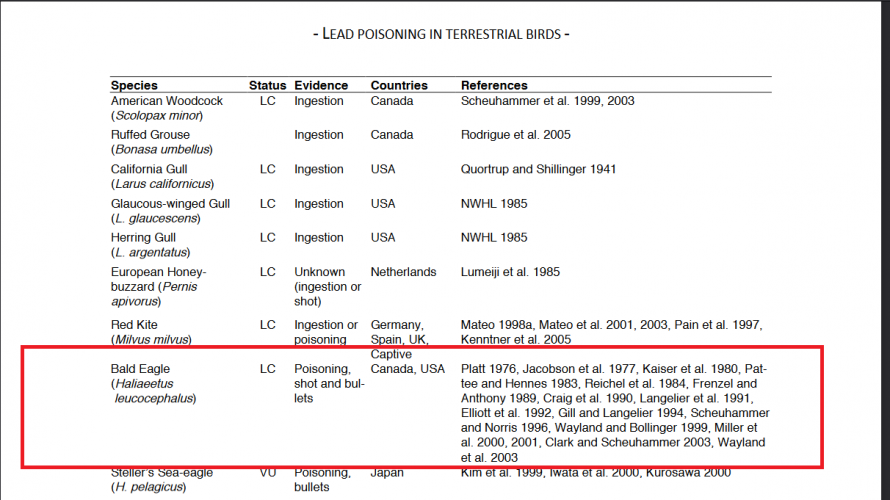Hunting Wife
Well-known member
I do not know the answer. I can surmise a few potential outcomes, but the likelihood or frequency of these occurring would be complete speculation on my part.But do you know why? I wondered if it was that regulations automatically rule them out (>1% lead) or if they were actually the same toxicity as standard lead. I may have to call @Hunting Wife and she what she says.
Damaged coatings would obviously render the lead available for uptake. I could see species with gizzards possibly being capable of grinding through non-toxic platings. Raptors have incredible digestive powers…perhaps they would be physiologically capable of breaching those coatings as well? No clue.
I also have no idea how thick those platings are and how they would fare exposed to the environment over years. Some of our western wetlands are highly corrosive due to local geology. Maybe a better chemist than me would know more.






